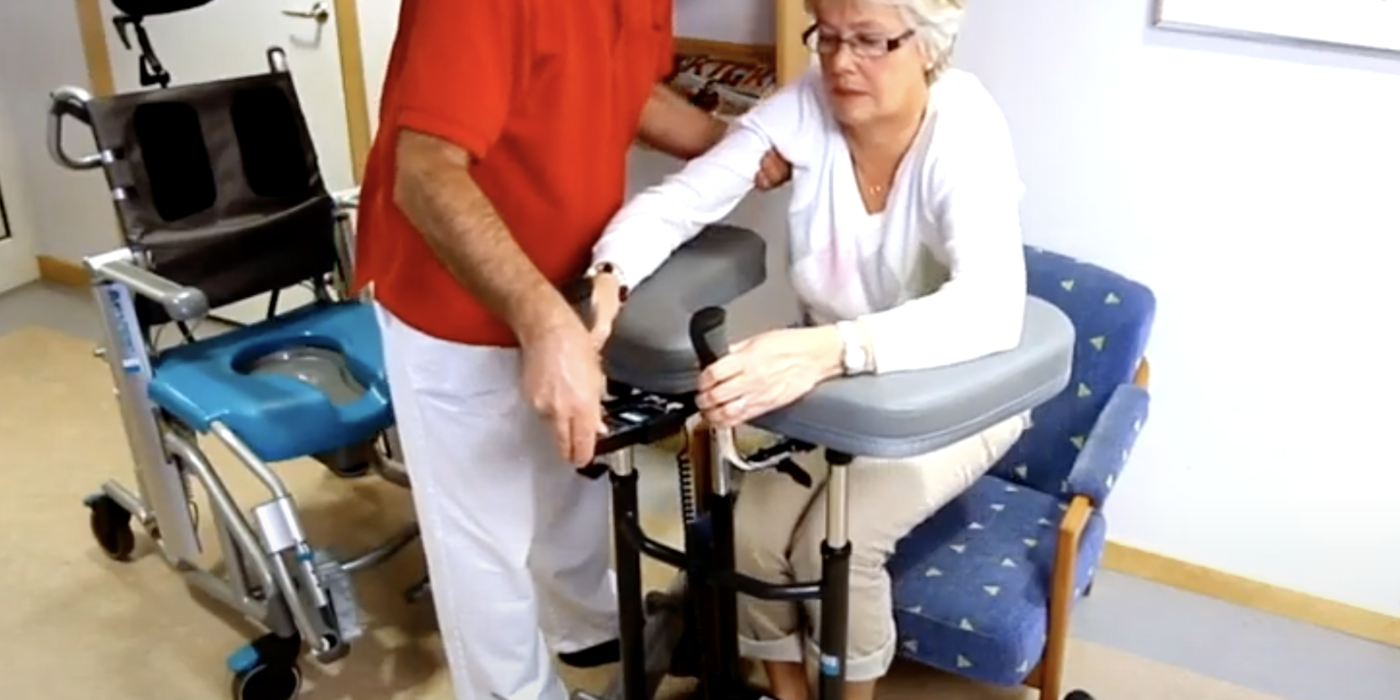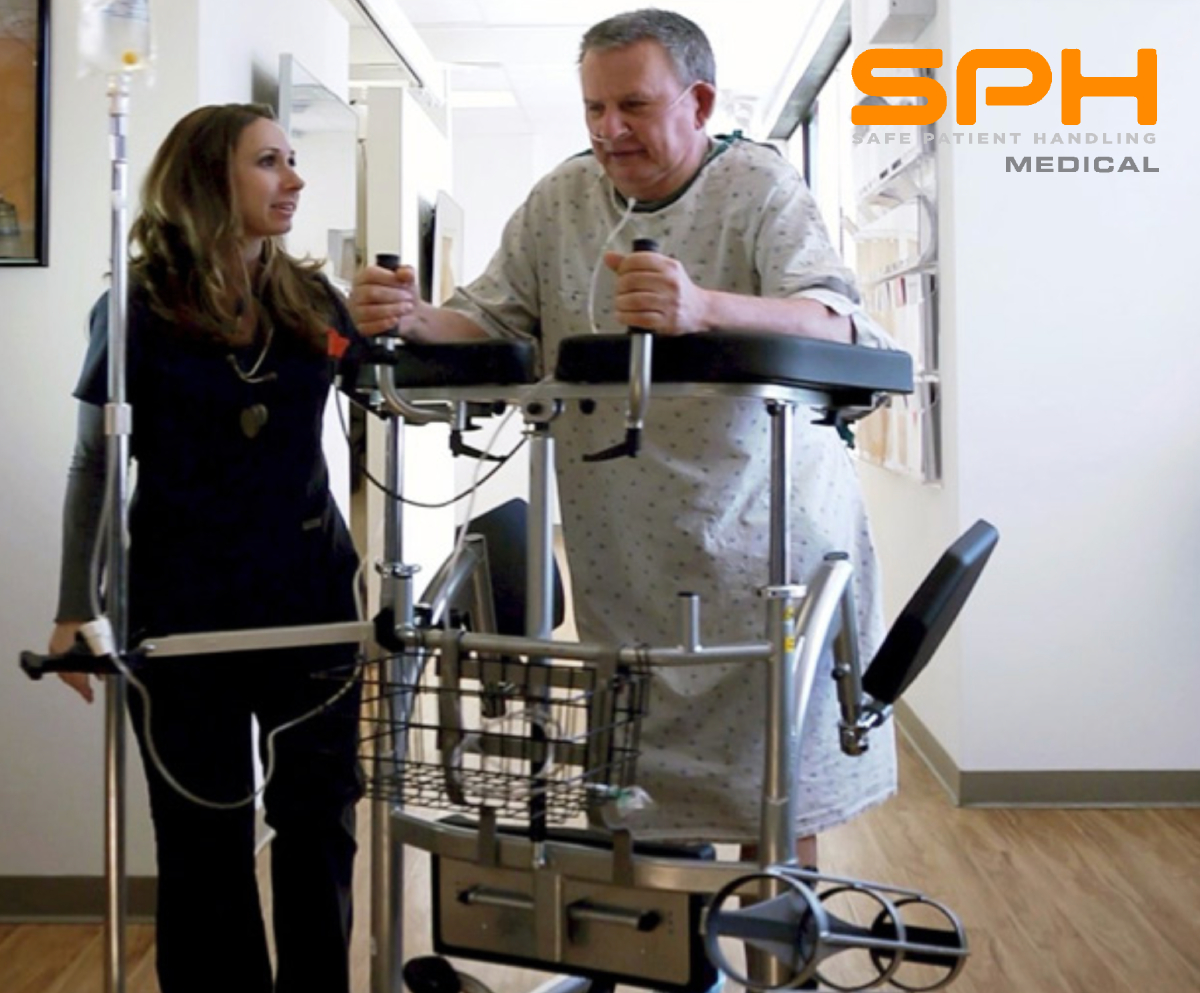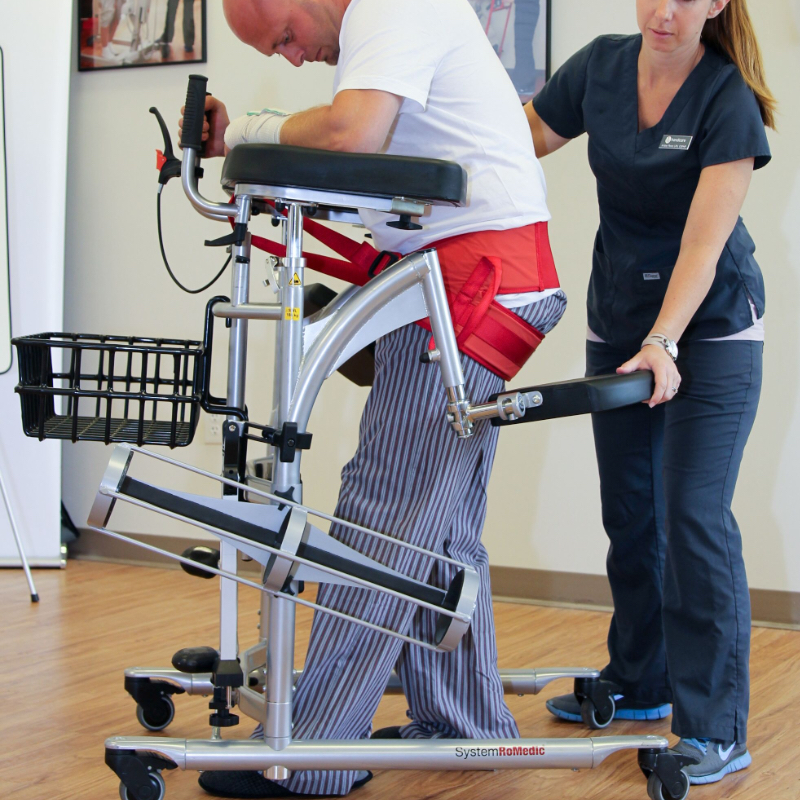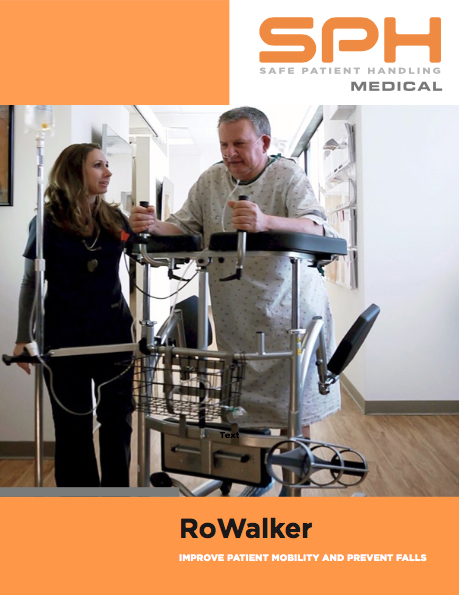The American Physical Therapy Association: Championing Safe Patient Handling Practices and Early Patient Mobility
The American Physical Therapy Association (APTA), founded in 1921, has been instrumental in transforming lives and strengthening the physical therapy profession for over a century. With a mission rooted in improving the health and quality of life of individuals and communities, the APTA has consistently championed safe patient handling and early patient mobility practices across healthcare settings in the United States.
The Importance of Safe Patient Handling
Safe patient handling is crucial for both healthcare providers and patients. For providers, improper patient handling can lead to serious injuries, including musculoskeletal disorders. According to the Bureau of Labor Statistics, healthcare workers suffer from back injuries more than any other occupation.
Patients are also at risk. Improper handling can result in falls, discomfort, and incorrect positioning, leading to potential complications and longer recovery times.
The APTA’s Role in Promoting Safe Practices
Recognizing these challenges, the APTA has devoted significant effort towards promoting safe patient handling. Their strategies encompass education, advocacy, and the promotion of innovative tools and techniques.
The APTA provides robust educational resources to healthcare professionals, including guidelines, webinars, and workshops. These resources focus on proper patient handling techniques, injury prevention, and the use of assistive equipment.
In terms of advocacy, the APTA works tirelessly to promote policies and regulations that prioritize safe patient handling. They collaborate with healthcare organizations, policymakers, and other stakeholders to influence change at both the systemic and practice levels.
As part of their commitment to innovation, the APTA promotes the use of modern equipment and interventions that facilitate safe patient handling. These include lift aids, transfer devices, and other ergonomic solutions that reduce the physical strain on healthcare workers and enhance patient safety.
Reinforcing the Mission of the APTA
The APTA’s mission to improve patient safety through safe patient handling practices is more than just an organizational goal – it’s an essential component of a stronger, safer healthcare industry. By educating providers, advocating for better policies, and promoting innovative solutions, the APTA is leading the way towards safer patient handling and enhanced healthcare outcomes.
The work of the APTA serves as a reminder of the power of collective action in transforming healthcare practices. As we move forward, let us continue to support and champion these efforts, ensuring a safer and healthier future for all.
Early Mobility Walkers and Sit to Stand Lifts: Revolutionizing Patient Care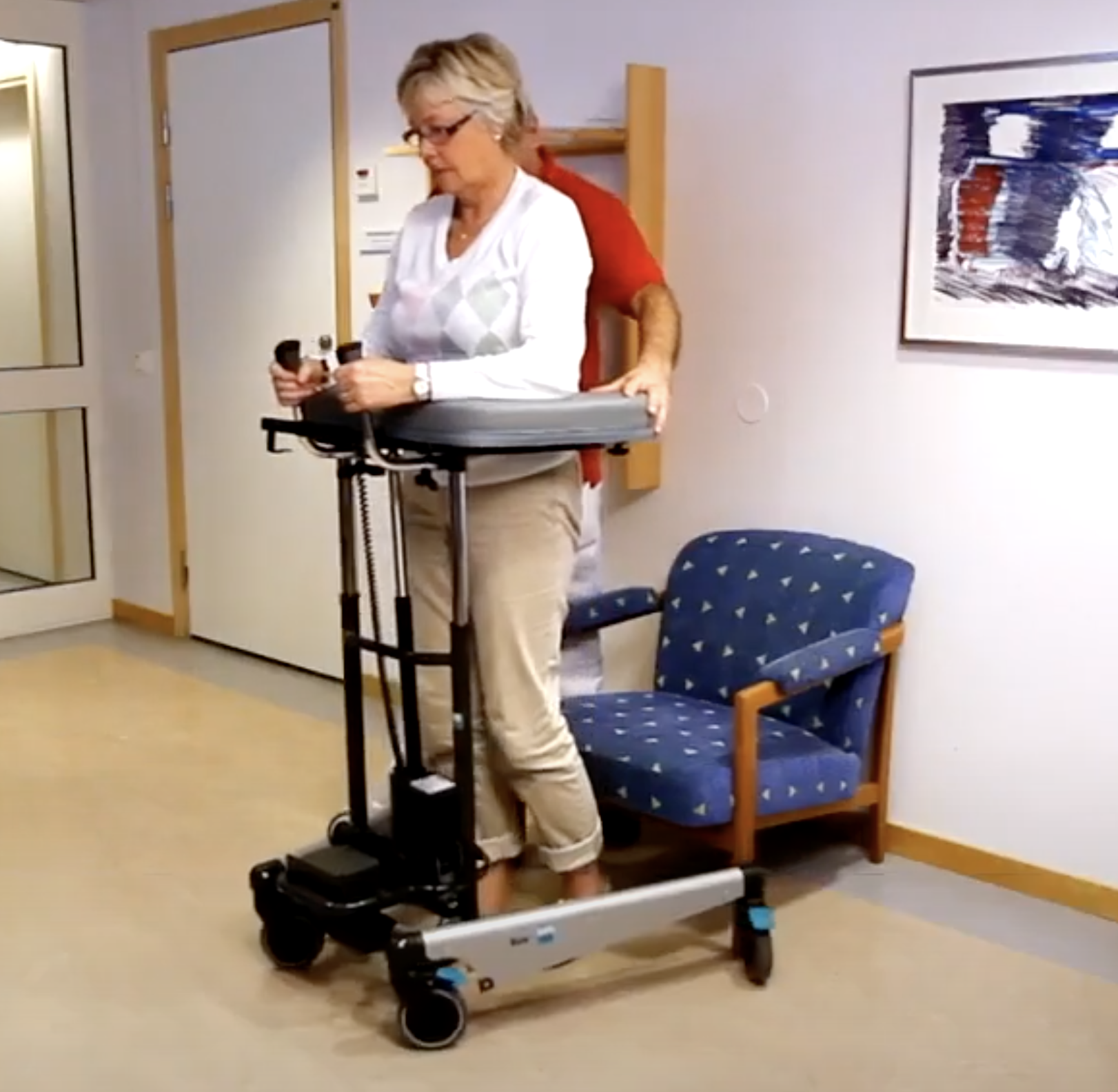
In recent years, there has been a significant increase in the use of Early Mobility Walkers and Sit to Stand lifts in care facilities and hospitals. These devices are being championed by the American Physical Therapy Association (APTA) and physical therapists across the nation as they work tirelessly to promote their patients’ functional goals.
The Power of Early Mobility Walkers
Early Mobility Walkers are designed to support patients who need assistance with weight-bearing. These devices are incredibly beneficial, providing stable support that enables patients to safely practice walking and balance training. They are particularly effective for individuals recovering from surgery or those with conditions that affect balance and mobility. By using these walkers, physical therapists can help patients regain confidence in their movements, promoting faster and safer recovery.
Sit to Stand Lifts: Promoting Independence
On the other hand, Sit to Stand lifts offer a lifeline for patients who may struggle with the simple yet critical task of standing up from a seated position. These lifts provide a safe and supportive mechanism that aids patients in achieving a standing position independently. This not only boosts the patient’s confidence but also helps maintain muscle strength and joint flexibility, which are crucial for overall mobility. The MiniLift 160 and MiniLift 200 offered by SPH Medical are two examples of powered sit to stand lifts used in healthcare facilities today.
Physical therapists leverage these devices to support their patients’ functional goals, enabling them to make strides towards independence in a safe and controlled manner. The use of Early Mobility Walkers and Sit to Stand lifts is a testament to the APTA’s commitment to advancing patient care through innovative solutions. SPH Medicals complete line of platform walkers like the Rise and Go, EVA Walker and, Bure XL Walker are good examples of early mobility walkers used in hospitals.
A Win-Win Scenario with Safe Patient Handling and Early Patient Mobility
The introduction of these interventions has proven to be a win-win scenario. They not only reduce hospital stays and associated costs but also significantly enhance the quality of life for patients. By promoting independence and mobility, these devices empower patients to reclaim their daily routines, marking a vital step in their journey towards full recovery.
In conclusion, the APTA and physical therapists continue to lead the way in revolutionizing patient care. Through the use of Early Mobility Walkers and Sit to Stand lifts, they are helping patients achieve their functional goals, underlining the power of innovation in enhancing healthcare outcomes.

